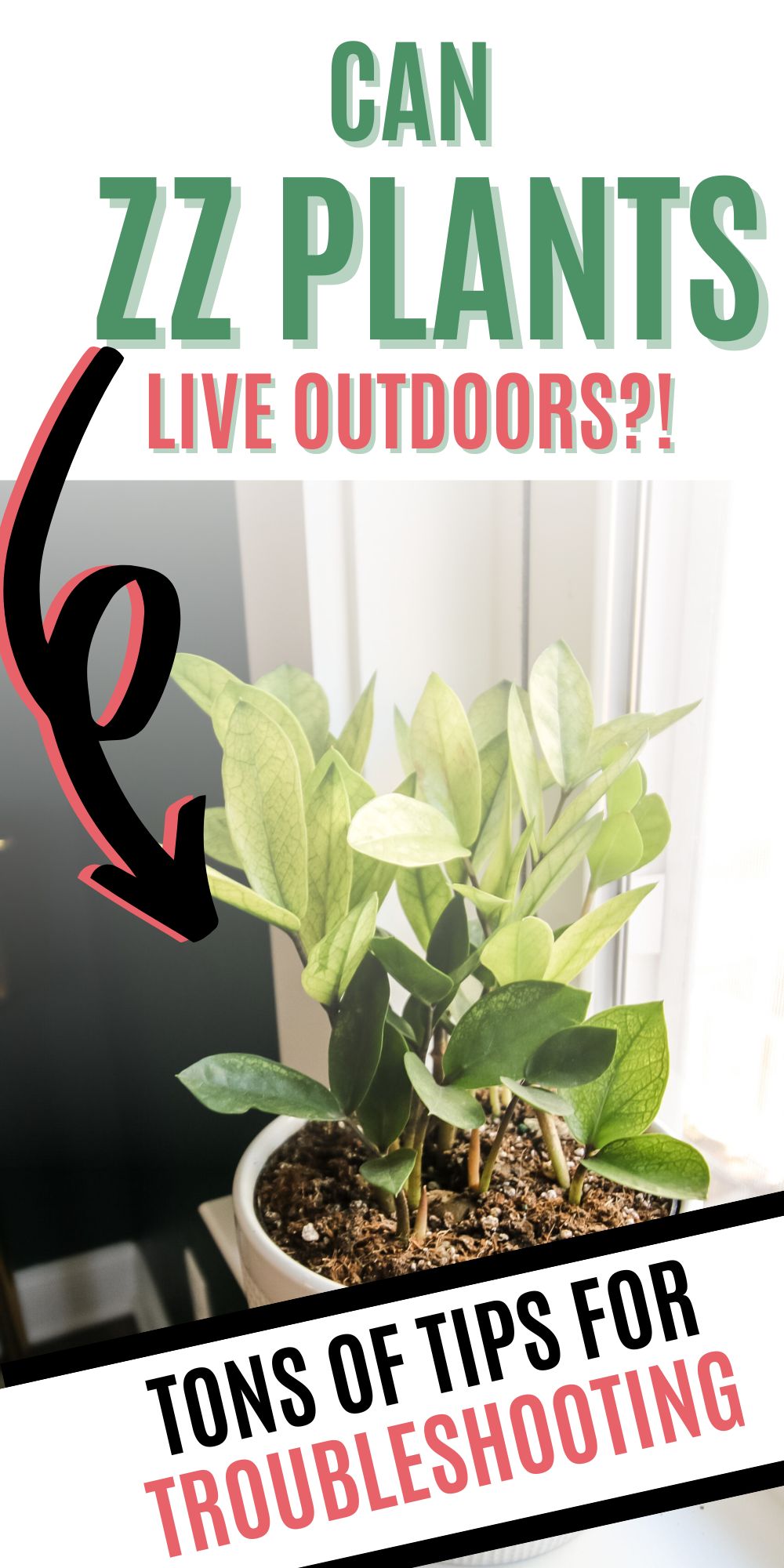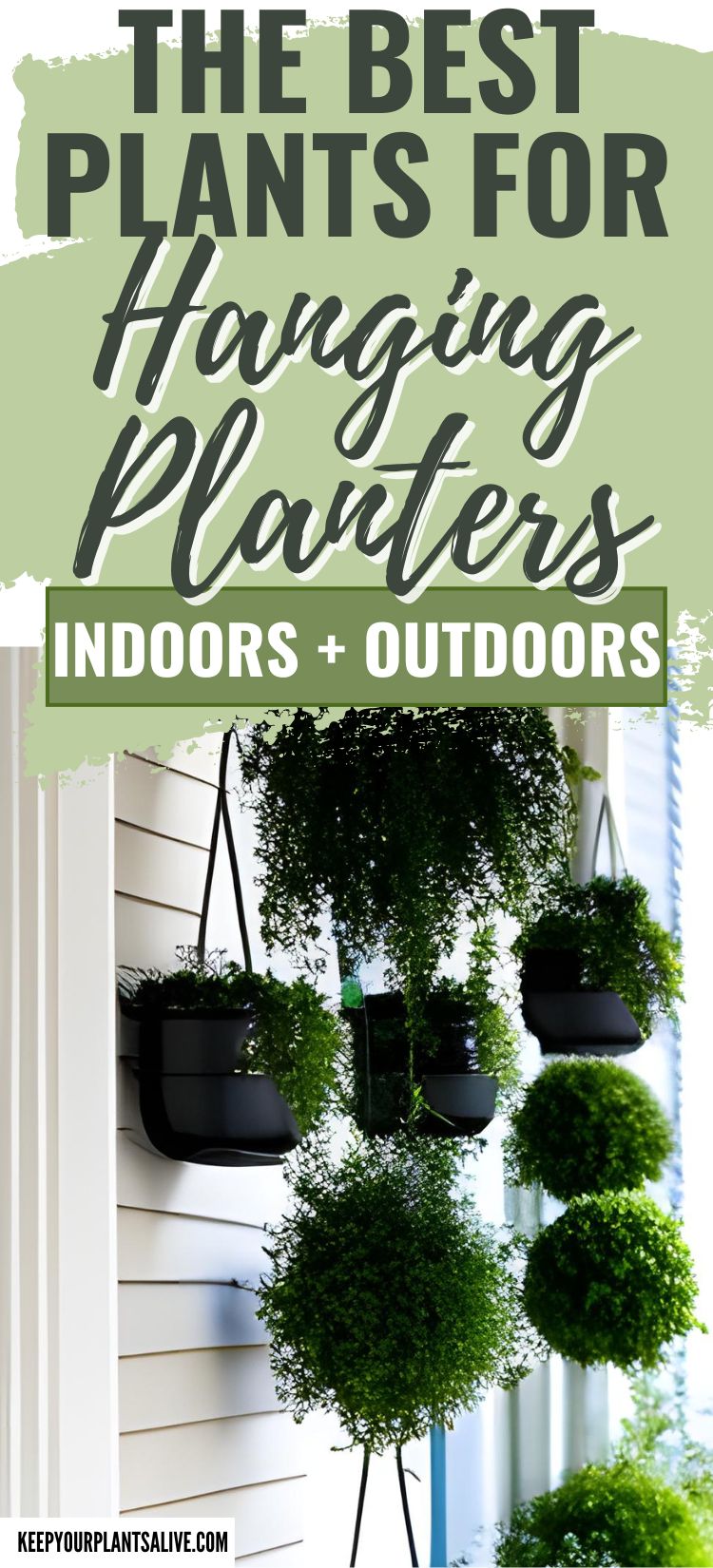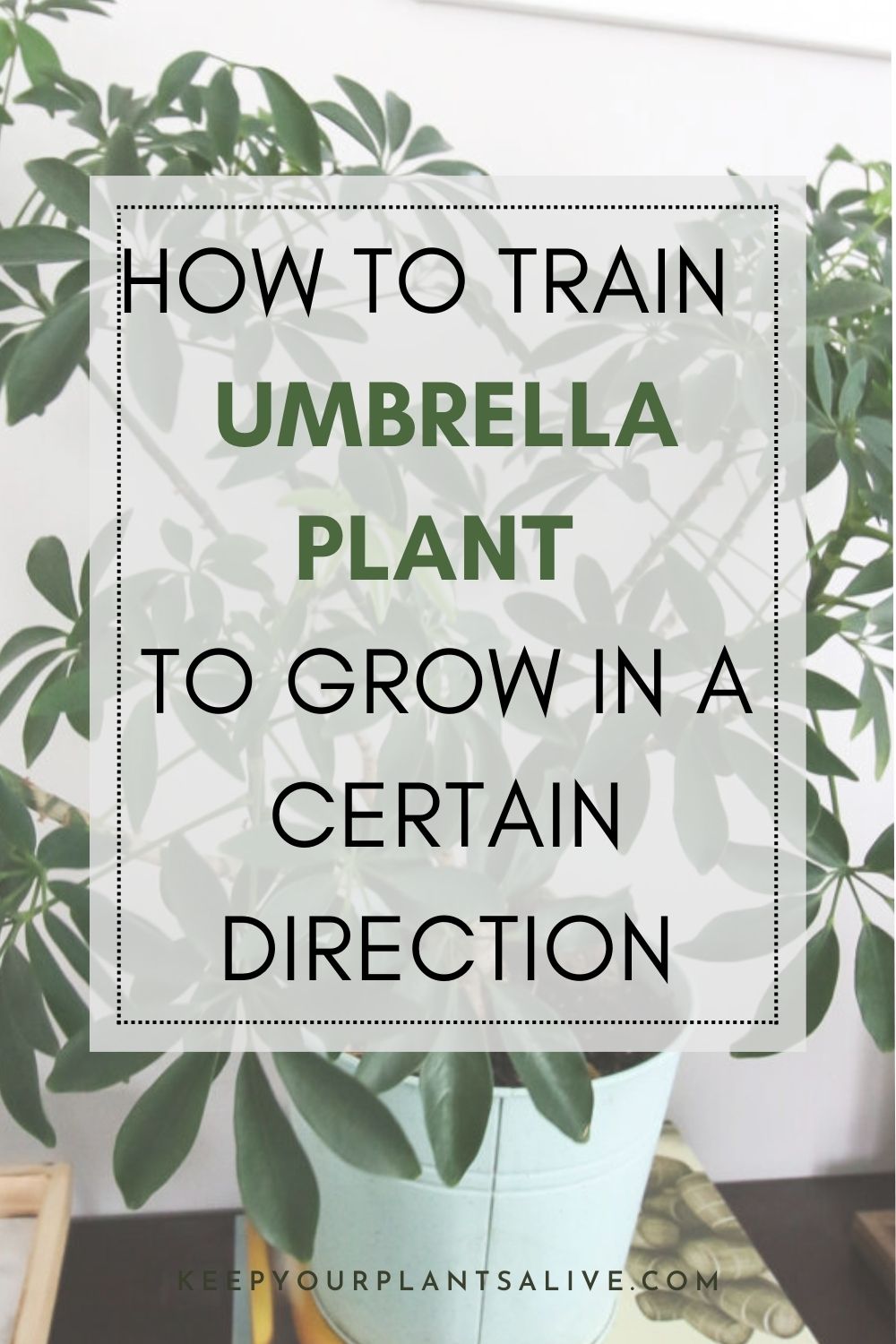Winter is approaching, and so is the big question: Should you move your indoor plants away from windows in the winter? We provide clarity on the do's and don'ts!
Every person who has plants in their home loves them – period!
Whether you are a fan of ferns, climbers, succulents, or annuals – they are a gorgeous addition to every home!
They purify the air, are the perfect decoration, and are simply magical to look at.
Most of you are probably blissfully unaware that winter is the easiest time to kill a plant.
The less-than-ideal growing conditions make it terrible for a houseplant to thrive, and with a little bit of ignorance from your end – your indoor plants in the winter will start withering away.
There is a secret to caring for plants in winter, even though most are dormant during this period.
All you need to do is adapt to their needs, and voila – they will look perfect and remain healthy!
One of the most frequently asked questions we noticed from gardeners is connected to this topic: should I move my indoor plants in winter away from the window?
If you have been asking yourself the same thing, it is time to learn!
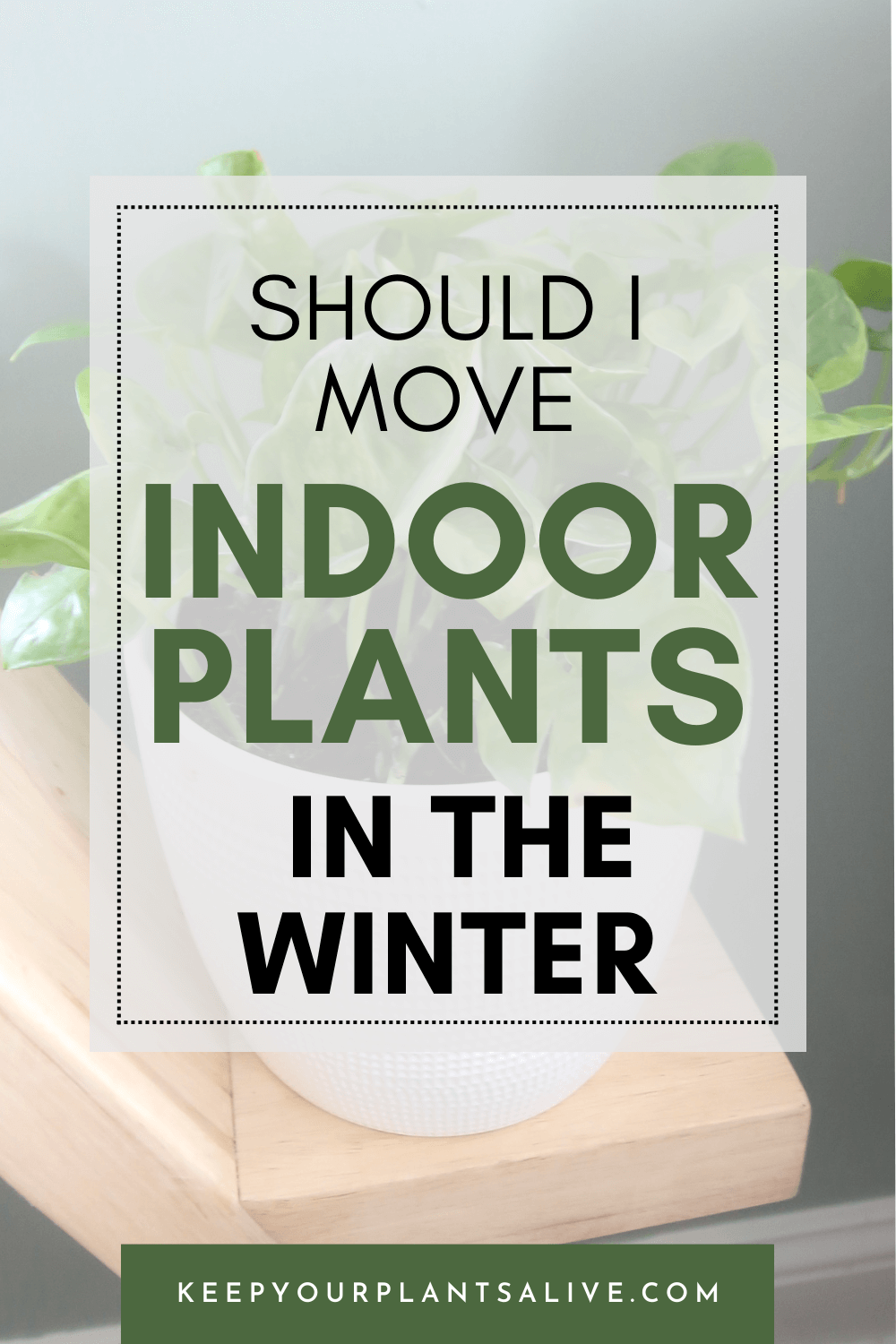
Tips to keep indoor plants in the winter
If you want your precious plant to survive the gruesome winter conditions, abide by the following rules.
Maximize the light
Move your plants as close as you can to your windows – but not too close!
We all know that during winter, the days gradually shorten, which means your plants will receive much less natural light than usual.
So, in this case, you need to make the most use of what is available, i.e., to keep up with plant light requirements in winter.
Take your pots of plants and move them as close to the window as you can, but they shouldn’t be touching it.
Remember, there is always a possibility of your window freezing over at night.
So, prevent your plants from freezing by setting them a little away from the window.
Clean the windows thoroughly!
When your indoor plants in winter are close to the windows, it means that you need to clean them as often as possible.
After all, this is your plant’s only light source, so keep them clean.
Your plants will always appreciate the extra bit of light – it will keep them healthy and happy.
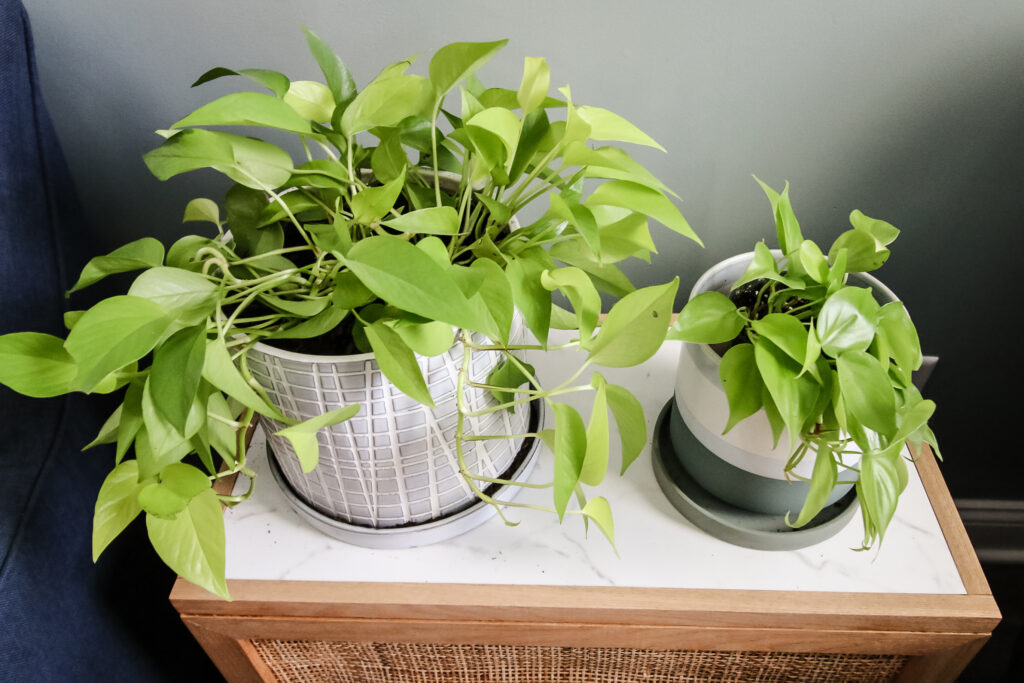
Clean the plants, too
The windows are not the only ones that need to be taken care of.
The appearance and cleanliness of the plant are just as important.
Take a cotton pad and gently dust the leaves of all your plants. You can even use a damp washcloth.
This way, they will not only look better but will be able to absorb more light and do that more efficiently.
Think about artificial light
If you live in a home that does not get a lot of light during the winter and have appropriately placed your plants (not too close to the windows), then there is another thing you can do.
Instead of worrying about how the plants will get enough natural light during the winter, get some assistance!
As part of caring for plants in winter, install an artificial bulb above any plant that shows signs of wilting. This way, you can keep them alive longer.
Whenever things start to get dark, remember there is always a light at the end of the tunnel!
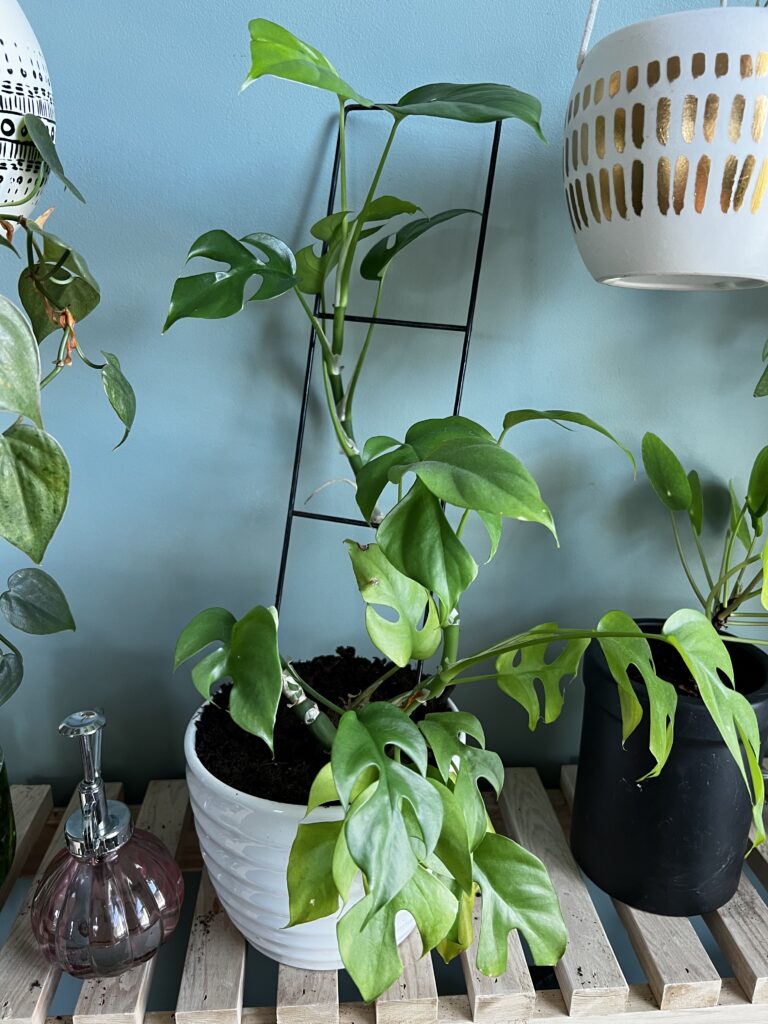
Keep the house warm
This is not only beneficial for your sake (every home should be warm during the winter), but it is also good for your plants too.
If you notice your plants are starting to wither a little bit, turn up the thermostat.
Keep your indoor plants in winter alive by keeping a steady temperature between 65 and 75 degrees in winter.
Monitor humidity levels
The ideal humidity level for any plant is between 40 and 50 percent.
If you live in a colder place, the humidity level during the winter will probably be around 10 percent – this means you will have to compensate for the rest.
Now, this is where many people make a cardinal mistake – they start to mist their plants, believing that it will make a positive change and increase their humidity level.
The truth is, misting will only do that during the time you mist the plant, but it will do nothing for the long-term elevated humidity levels.
That is why we suggest you always keep a humidifier close by. It can compensate for the lack of humidity and boost the plants' health!
Avoid drafts or vents
Heating vents and drafts can be the death of a plant.
So, other than maintaining a proper temperature, you also want to make sure they are not constantly blasted with a lot of cold or hot air as part of your plant winter care.
Any changes in the temperature (especially extreme ones) can only create some negative results.
Keeping the plant away from heating vents or drafts is important.
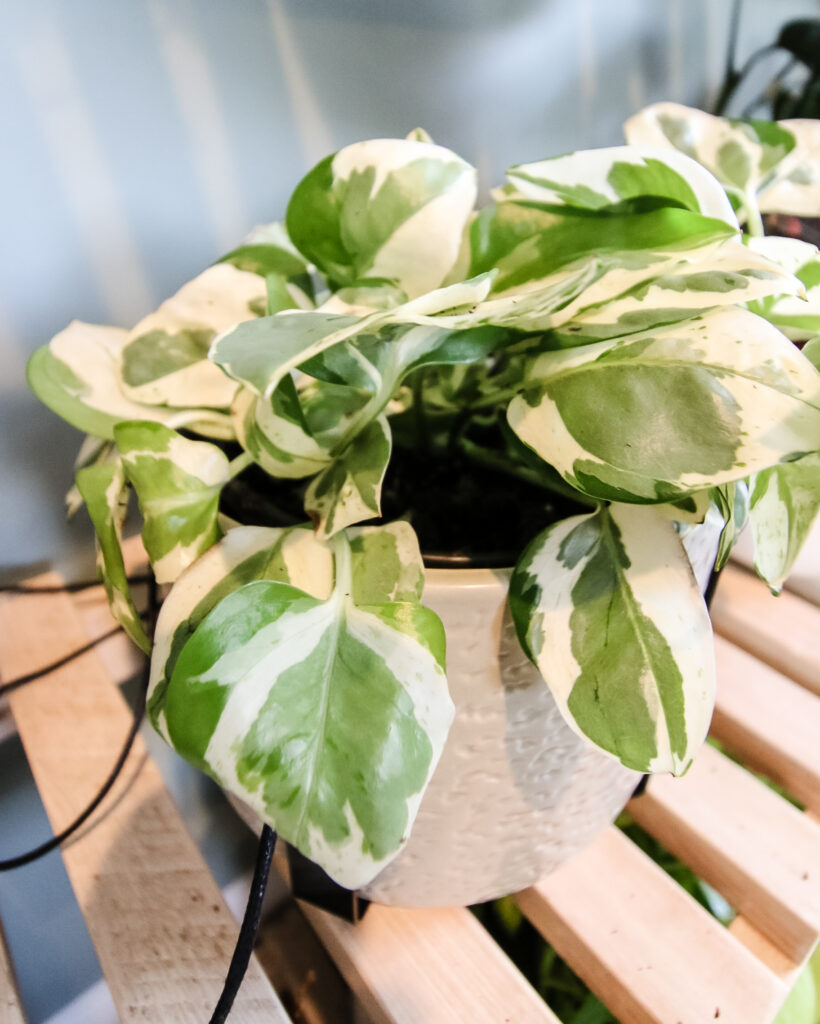
Get some new planters
Believe it or not, planters can make many positive changes in how your plants develop.
Consider upgrading your planters to something more appropriate for your indoor plants in the winter.
By far, the best choice you can make is to get some concrete planters. They retain heat better than plastic!
Use less water
Watering your plants less during the winter is a given, yet many people do not follow this rule.
It is a common misconception that plants need additional watering to compensate for the lower levels of light and warmth during the colder months.
On the contrary, this will negatively impact your plant. Refrain from making this mistake.
Instead, take care of the plant from every aspect, and keep in mind that it does not need that much water to survive.
Be diligent about it, and remember – they will be fine if you skip a watering or two.
Before you go...
Now that you know when to move your plants away from the windows, what about bringing outdoor plants inside? Check out our complete guide on when to bring plants indoors for the winter!
Thanks for reading!


Hey there, I'm Morgan, a houseplant enthusiast from sunny Charleston, South Carolina. Growing up surrounded by my mom's lush orchids and African violets, I discovered the magic of bringing nature indoors. Thanks to the pandemic, I delved deeper into houseplants, discovering their power to uplift moods and transform spaces. I'm here to spill all my secrets, helping you pick the perfect houseplant - and make it happy. Let's keep your plants alive, together! 😊

